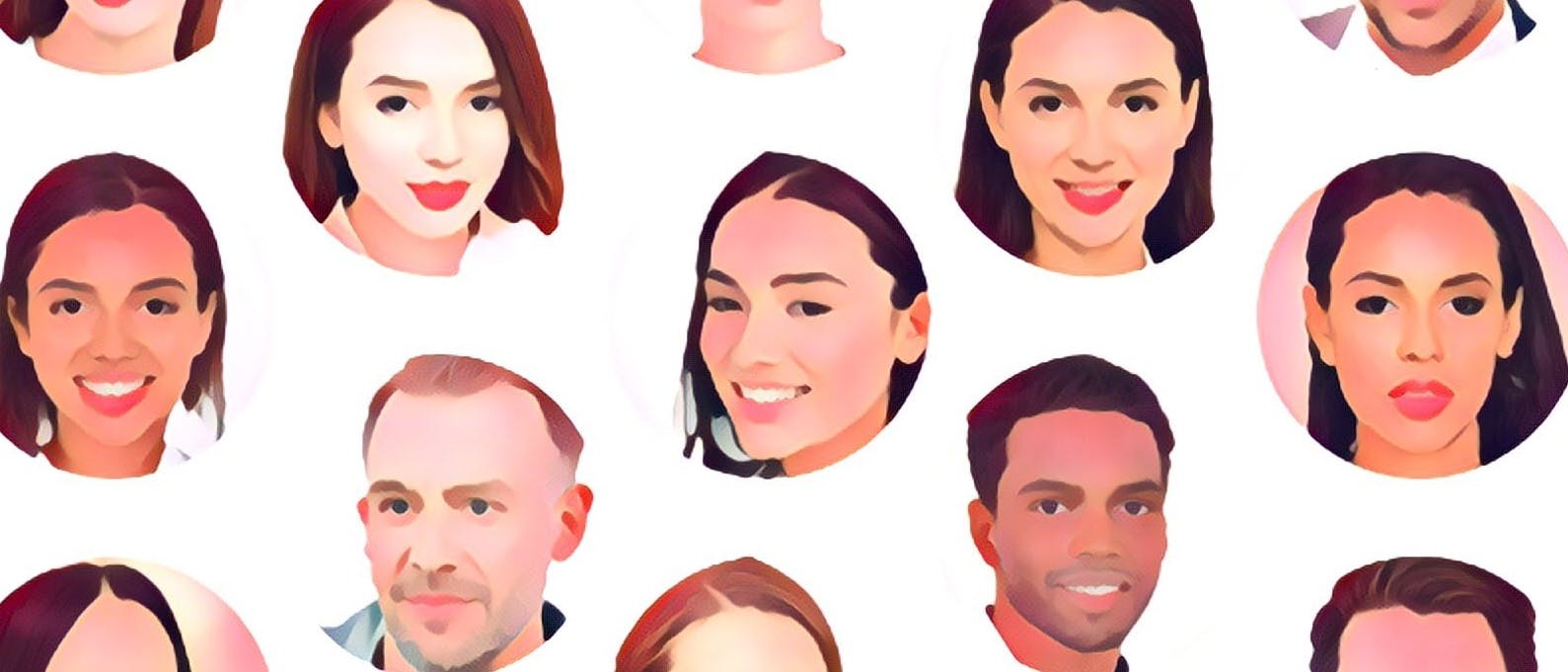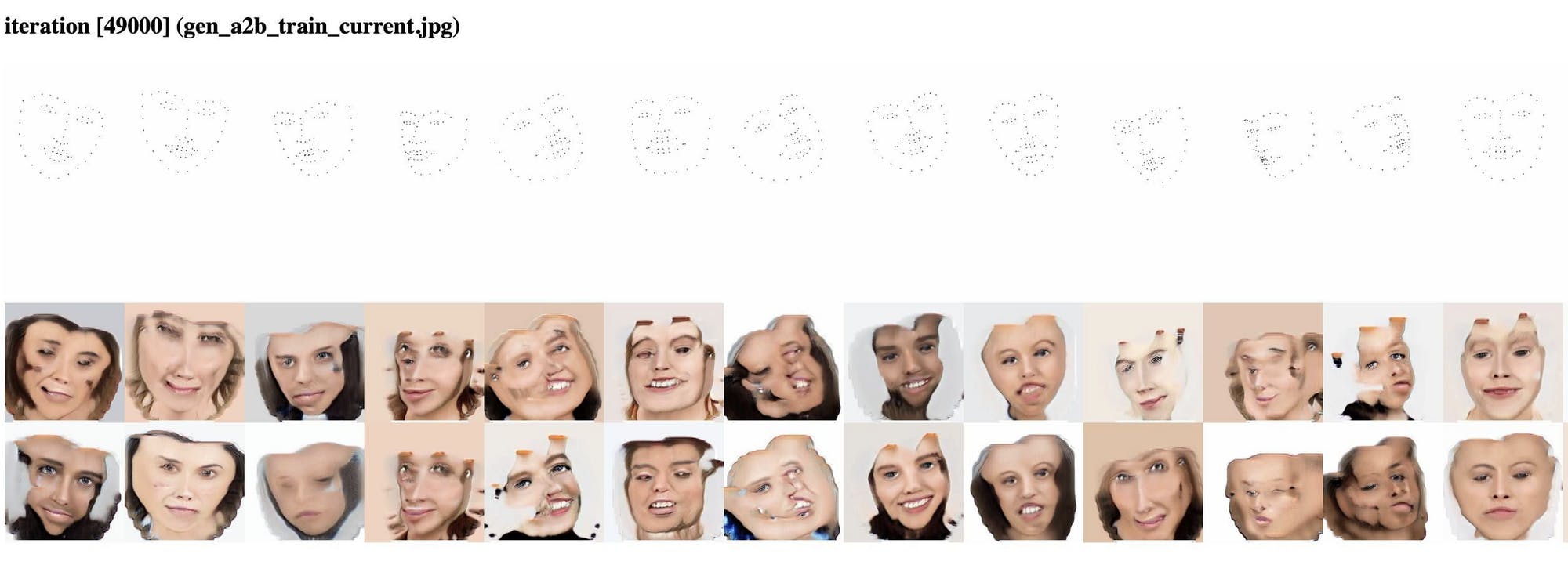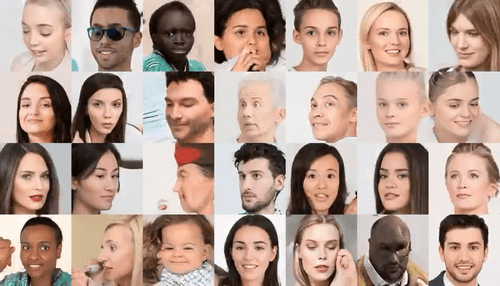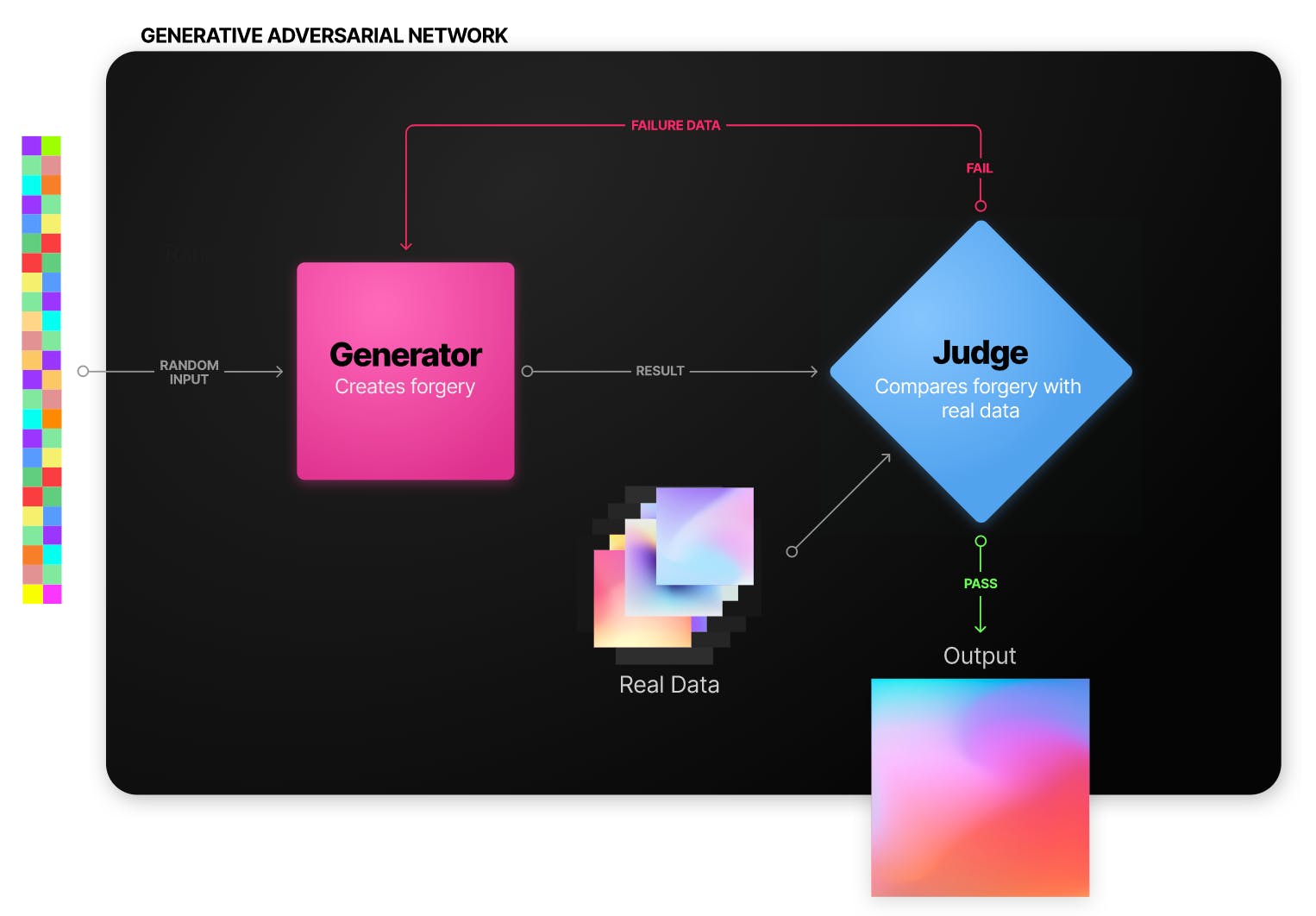Why Now Is The Time to Be a Maker in Generative Media

Generative media is gearing up to hit the mainstream.
Over the past year, it's become increasingly obvious to me that organic digital content is where media is headed next.
I have been talking with the crew at generated.photos about this and recently started working with their team. We launched 100,000 Faces (#2 Product of the Month!) in September, resulting in more media coverage and comments than we could have imagined. With so many questions being asked about the concept of generative media and its usage, I want to share a few thoughts.
Setting the Stage
Progress happens fast! In a matter of months, this is what our progress looked like:




As you can see, the results we get now are dramatically better than what we could produce just a few months ago. They are a long way from perfect, but that's the best part. The quality of these images will only continue improving over time, even by the time you read this. But let's get into why now is a great time to start thinking about organic digital media.
How are these creations made?
AI, machine learning, deep fakes — these buzzwords are everywhere in this space. Organic digital media is content created without human intervention.
On Product Hunt we have seen a number of these types of products recently, covering topics that range from resumes to Airbnb listings. While generative media can be produced in many ways, most of these projects use some form of generative adversarial network (GAN).
💡Note: Many of these projects use marketing terms interchangeably. If you are getting lost in the lingo just remember that GANs are a form of machine learning, which is a subset of artificial intelligence.

In its simplest form, a GAN consists of four parts:
- An input (random noise or existing data)
- One system that algorithmically produces new content
- One system that can judge new content against something it knows to be authentic
- A set of original data that is known to be real
The high-level process goes something like this:
1. The generator creates new content from the input.
2. The judge compares this new content with a set of known-real content and decides if the new content is real or fake.
3. If the content is judged to be fake, it is rejected and the generator is told to try again.
4. The cycle will continue until the judge cannot tell that the newly created content is fake, at which point the new content is returned as the result.
As you can see, the quality of the output highly depends on each part of the process working well, and the result will only be as good as the weakest element. If a feedback system is in place, each time the generator gets told to try again it learns a bit more about what did not work previously.
So the content creator generates results only to be told they are terrible by the judge all the time. Talk about an adversarial relationship.
Impact
I was an early user and active to the now-popular free photo service Unsplash. Back then it was amazing and disruptive to be able to use photos for free. The ability to generate images is a significantly more novel concept. Both are disruptions in media, but these recent advances seem likely to make bigger waves as mass-market technologies.
Instead of searching for something that gets close to conveying your point, you will be able to engineer a scene that depicts exactly what your message is. It is not hard to see how this could be very powerful for marketing and content creators. Less blogs with generic mountain photo covers and more nuanced imagery please (specific mountains are still fine 😉).
Implications
Real people will be impacted by generative media. Many are quick to ask what will happen to all the models and photographers that could be displaced. I believe that there will always be a market for things that are 'real,' but those markets may be forced to change and contract. The good news for current creatives is that there will be an increased demand for capturing high-quality training data.
There is talk in the news and on social media about how 'fakes' are going to be horrible for everyone, casting society into a dystopian future where nothing can be believed. I am not so bearish on the new technology. It is important to see the opportunities that creating new media (organically) can bring. Today, companies spend millions to get just the right aesthetic, branding, influencers, etc. This will become much easier with generative media. But that will only scratch the surface of what this paradigm shift will bring. I personally think that generative media will add a much-needed incentive for content creators to produce original works, rather than the cookie-cutter content that is so frequently found on sites like Instagram.
Don't Be Evil
On the topic of generative media, there will always be questions around content designed to manipulate viewers. Many topics need to have their authenticity preserved. As such, documentary imagery and video should not be produced artificially.
Examples of content that should be protected:
- Historical/criminal records
- Political media
- News/current events
- Personal identities
Where Are We Now?
Today, we see a few different styles of artificial media:
- Manually-produced content such as popular CGI accounts like Lil Miquela and other self-described influencer robots.
- Deep fakes that are often used for inflammatory or malicious purposes.
- Filters on video sharing apps. Live face-altering using overlays and Face App style viral trends.
What we haven't seen yet are the truly inventive uses of generative media:
- Immersive, personalized content.
- Chatbots that both look and sound real.
- Contextual generation of imagery (type a sentence – get that picture).
- Filters to hide from facial recognition.
Maker Opportunities Today
There are a myriad of potential businesses that could be built around either media generation or abuse prevention in this space. Right now, we're in the Goldilocks Zone for building 'picks and shovels' businesses that the rest of the market will need later.
More specifically, showing off iterative improvements (like we did with 100,000 Faces) will (hopefully) entire more makers to experiment with generative media projects.
Here are a handful of product ideas to get you thinking:
Training Data
We need to create more clean, tagged, safe-to-use datasets. Machine learning models will be to generate much more believable results when fed larger amounts of data.
Abuse Prevention
Building a fast and reliable method of determining media authenticity will be important in this space. This is an especially pressing need as deep fakes threaten the authenticity of journalism.
End-User Tools
What does the photoshop of the generative age look like? How can current products be improved by adding generative media?
New Generation Methodologies
GANs are not the only way to generate media. Having multiple options to produce realistic results would be of significant benefit to the entire industry.
Comments (4)
Alex Conway
CTO AiSupervision
Alex Conway
CTO AiSupervision
Tyler Lastovich
Janith Schroter
More stories

Aaron O'Leary · Announcements · 2 min read
Introducing Shoutouts

Finn Lobsien · Opinions · 5 min read
Can Devin AI Replace Product Managers?

Aaron O'Leary · News · 2 min read
Meet Nvidia's new localized AI chatbot

Sarah Wright · News · 2 min read
The top 15 AI products from 2023


